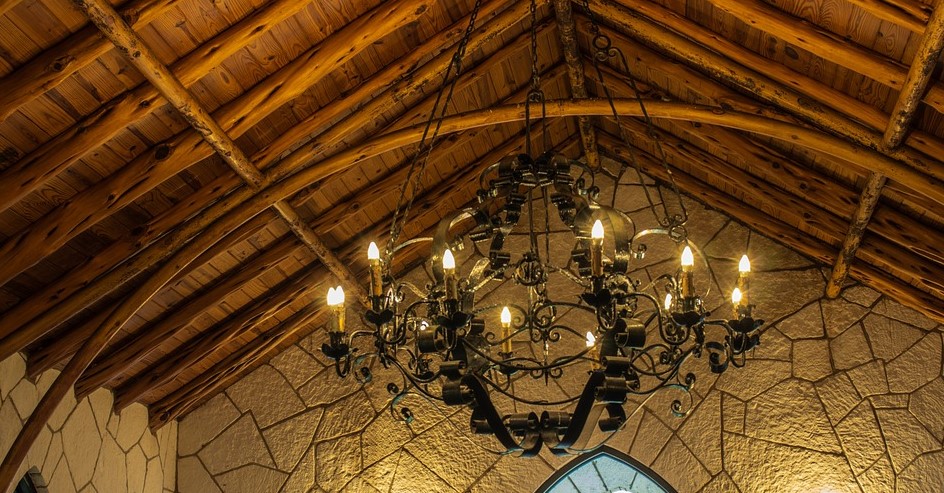
Old oak beams have their charm, and anyone who has walked into an old building or structure and seen those beams on the ceiling will be drawn to their look and appeal. But old oak beams can also have issues, and one of the most common issues you may have to deal with in regard to oak beams is damp. Prolonged exposure to damp and moisture can blacken the appearance of oak beams, especially since the water reacts with the wood’s tannins. Yet one more issue you may have to address is unsightly paint or finishes on the oak beams, which can certainly detract from their naturally appealing, rustic look. What’s more, if the paint applied on the oak beams was produced before 1978, you may be dealing with lead as well, which can be released as the paint decays. And lead, as we all know, is a highly toxic material.
If you want to clean and restore your old oak beams, there are ways you can do this without harming the beams as well. Although the various processes can be time-consuming, the results, in the end, should be well worth it. So what are your options for cleaning and restoring your old oak beams? Let’s find out.
- The simplest way to clean your old oak beams, of course, is to brush them with a soft brush. Stay away from wire brushes because they can damage the beams and make the surface rougher. If the timber’s appearance is too rough, dirt can become more easily absorbed in the future.
- You can opt for chemical-free blasting or soda blasting, which is a treatment used for blackening due to fungi or moisture or smoke stains. You should avoid the use of commercial cleaning products or chemicals, as this can potentially damage the timber. Avoid sandblasting as well, because this can roughen the wood’s surface and affect the finish. If you want, you can mix two parts lukewarm water with one part vinegar and use this to clean the beams. Just spray the mix onto a piece of soft cloth and then wipe and rub this on the beams for natural disinfecting and cleaning as well.
- If you are planning to remove old paint, you may be able to use paint strippers, although these are chemical products, so proceed with caution. Additionally, if you use paint strippers, you have to have the proper safety gear and equipment, and the area should also be appropriately ventilated. If the paint is old and produced prior to 1978, this can contain lead, so you cannot use any heat guns or blowtorches because lead can release harmful fumes once heated. You should also avoid sanding since the lime produced by the dust may also be toxic.
There are also a number of ways you can finish old oak beams; you should, for instance, avoid linseed oil because it can cause dust and dirt to stick to the wood’s surface. Beeswax polish is a good alternative, and you should apply a thin coating of it and then polish it to produce a shine.
With the proper cleaning and beam restoration, your old oak beams can look great and exude their natural appeal once again. But if you would like to be doubly sure about restoring your old oak beams, your best bet would be a beam restoration specialist as they will have the right skills and know-how and can make sure your old beams are taken care of in the best possible way.
Image attributed to Pixabay.com